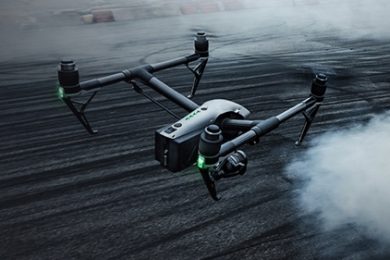DJI, which claims to be “the world’s leading maker of unmanned aerial vehicles,” has released a white paper concluding the US Federal Aviation Administration (FAA) set its weight standard far too low for determining which drones pose the lowest risk to people.
While the FAA’s 2015 Registration Task Force (RTF) said drones weighing up to 250 g posed the lowest risk, further research shows that standard was based on poorly chosen data and deeply flawed assumptions – including an almost 50-year-old model of casualties from a nuclear war that destroys all hospitals. Using more accurate scientific inputs, DJI’s white paper concludes unmanned aircraft systems (UAS) up to 2.2 kg can be safely flown with the lowest risk.
“The RTF had only three days to decide how much a drone should weigh to require registration, and RTF members – including myself – unanimously set a 250-g limit for registration purposes only, not for safety rulemaking,” said Brendan Schulman, DJI Vice President of Policy and Legal Affairs, who co-authored the white paper with Walter Stockwell, DJI Director of Technical Standards. “Nevertheless, regulators around the world are using the FAA’s 250-gm limit as a safety standard for the lowest-risk drones, despite its flaws. We hope our white paper spurs more detailed evaluation for better and more accurate rulemaking.”
In addition to reviewing the surprising history behind standard estimates of kinetic energy transfer and casualty risk, the DJI white paper proposes more reasonable methods and data sources for calculating those figures. The result is a lowest-risk threshold almost an order of magnitude larger.
“Given the faulty assumptions that underlie the selection of 250 g, regulators should be hesitant to adopt a 250 g UAS category without conducting their own rigorous safety analysis based on the desired policy goals,” the white paper concludes. “[A] review of the RTF’s work shows that its selection of 250 grams is far too low, and far too conservative, to be used to create a lowest-risk UAS regulatory category. Based on a similar approach to risk estimation, with adjustments for real world factors, we propose 2.2 kg as the upper threshold of a ‘lowest-risk’ UAS category.”
DJI prepared the white paper in December for use as a reference in further regulatory discussions around the world. It is available for download in the ‘Documents’ library.









